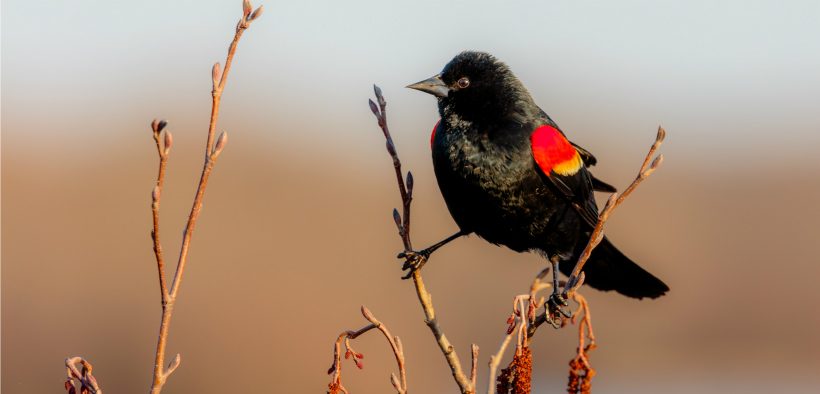While domestic pigeons prove neighborhood nuisances in major cities, it’s the common house sparrow who rattles rural areas. Look above the entrances to any apartment complex or office building in the Midwest, and you’ll likely find reflective repellent to keep these birds from settling in public trestles. Some residents, like my neighbor—who from her balcony sprays sparrows with water—opt for a more personal approach. Ruthless and raucous, house sparrows deserve their reputation; comprising a global population of 540 million, they are one of the most invasive bird species in the world (Ackerman, 2016, p. 242).
Migratory Birds and the Written Word: Teaching Online during the Pandemic

Related Articles
I have two loves: teaching and learning. Although I love them for different reasons, I’ve been passionate about...
Active learning is a mostly meaningless educational buzzword. It’s a feel-good, intuitively popular term that indicates concern for...
Perhaps the earliest introduction a student has with a course is the syllabus as it’s generally the first...
Generative AI allows instructors to create interactive, self-directed review activities for their courses. The beauty of these activities...
I’ve often felt that a teacher’s life is suspended, Janus-like, between past experiences and future hopes; it’s only...
I teach first-year writing at a small liberal arts college, and on the first day of class, I...
Proponents of rubrics champion them as a means of ensuring consistency in grading, not only between students within...







